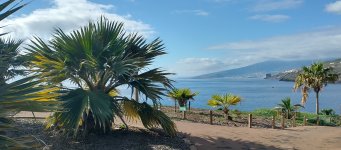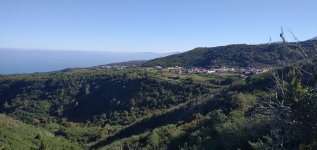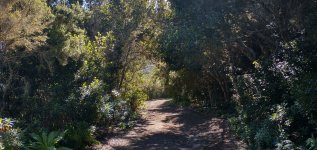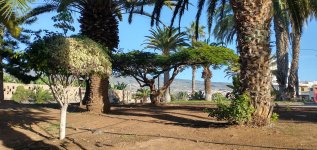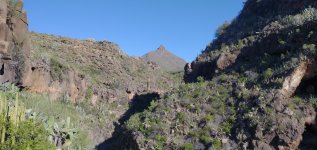
Unfinished business. Despite the success of a multi-island butterfly/birding trip the previous winter that had notched up almost all the available endemic butterflies and birds, a couple of little niggles left a feeling of job not quite done - primary among them that I had only managed views of a female Gran Canary Blue Chaffinch. And to my way of thinking, a brown Blue Chaffinch is not a Blue Chaffinch  On top of that, I had also failed to photograph a couple of the endemic butterflies, namely Canary Red Admiral and Canary Blue.
On top of that, I had also failed to photograph a couple of the endemic butterflies, namely Canary Red Admiral and Canary Blue.
So with these points in mind and, even more, that the Canary Islands also offer just about the only mid-winter possibility to see a good range of butterflies in Europe, it was a return to the sunny Canary Islands for three weeks over Christmas/New Year. Visiting only Tenerife and Gran Canary this time, the basic plan was for a fairly relaxing mix of birds and butterflies on Tenerife, then a concerted effort on the chaffinch on Gran Canaria.
So with these points in mind and, even more, that the Canary Islands also offer just about the only mid-winter possibility to see a good range of butterflies in Europe, it was a return to the sunny Canary Islands for three weeks over Christmas/New Year. Visiting only Tenerife and Gran Canary this time, the basic plan was for a fairly relaxing mix of birds and butterflies on Tenerife, then a concerted effort on the chaffinch on Gran Canaria.




